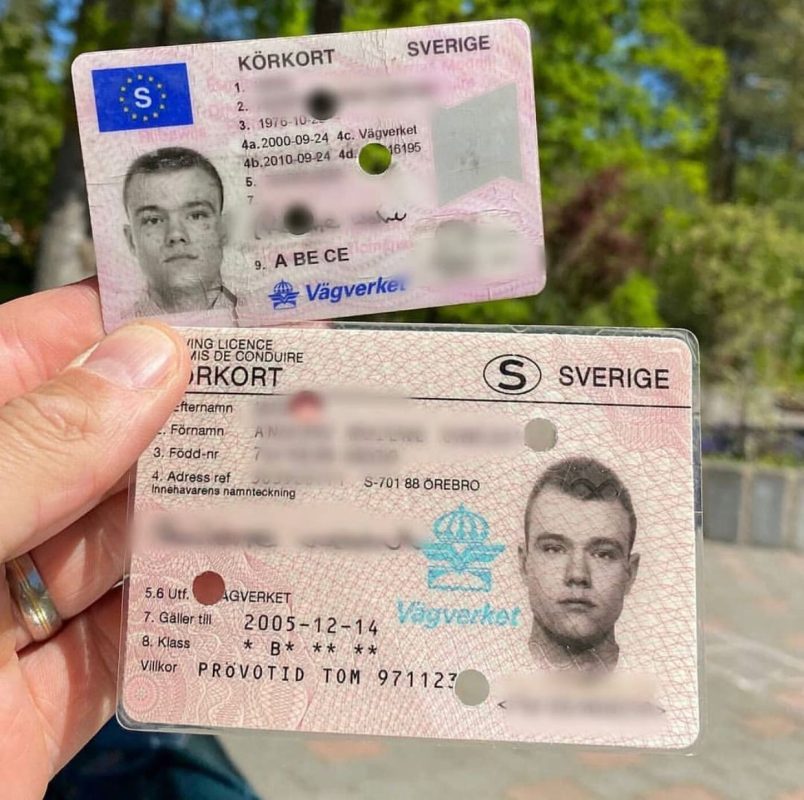Navigating the New Landscape of Driving License ID Handling in 2025
In every society, the driving license works as a crucial document, not simply as an evidence of the capability to run a lorry but likewise as a recognition tool. As we step into 2025, substantial modifications have actually emerged concerning the handling and management of driving licenses, mainly influenced by advances in technology, developing policies, and the need for improved security steps. This article aims to deliver a thorough overview of driving license ID managing in 2025, illuminating the technologies involved, the upcoming legal improvements, and supplying responses to typical inquiries.
The Transition to Digital Driving Licenses
Among the most noteworthy improvements in driving license ID handling is the widespread adoption of digital driving licenses. These digital licenses are saved digitally on smart devices, providing numerous benefits to both motorists and authorities. In the United States, for example, many states have begun executing digital motorist's licenses, while nations such as Canada and the UK are anticipated to follow match quickly.
Key Benefits of Digital Driving Licenses
- Convenience: Easily available on mobile gadgets, removing the need to carry physical copies.
- Enhanced Security: Incorporating biometric functions and file encryption helps to combat identity theft and fraud.
- Real-time Updates: Immediate updates to personal info, such as changes in address or status, enhance accuracy.
Challenges and Concerns
Despite the advantages, the shift to digital licenses presents difficulties, consisting of concerns about personal privacy, cybersecurity threats, and the digital divide affecting those without access to smartphones or the internet.
Changes in Regulatory Framework
As we head into 2025, a number of policies surrounding driving licenses have actually come under scrutiny and transformation. Governments and regulatory bodies are concentrating on guaranteeing that driving licenses are protected, valid, and provided in compliance with established laws.
Secret Legislative Trends
- Standardized ID Formats: Countries are moving towards a standardized format for driving licenses to enhance validation and improve security.
- Increased Verification Procedures: Authorities are now employing advanced approaches such as facial recognition and AI to improve verification procedures at checkpoints.
- Focus on Sustainability: With growing ecological issues, numerous states are selecting environment-friendly products for physical licenses and exploring robust digital options.
- Age and Identity Verification: Enhanced procedures are being put in location to precisely validate the age and identity of chauffeurs, especially in contexts where age-related laws use to driving.
The Global Perspective: State-By-State Comparison
| Nation | Digital License Implementation | Present Regulations | Significant Features |
|---|---|---|---|
| United States | Numerous states in development | Differs by state, efforts to merge formats | QR codes for simple recognition |
| Canada | In pilot stages | Standardized recognition throughout provinces | Combination with health IDs |
| United Kingdom | Early adoption stage | Focus on online renewal and info updates | Digital confirmation through the app |
| Australia | Under consideration | Progressively strict recognition protocols | Concentrate on scams prevention |
The Role of Technology in ID Handling
Innovation is changing how driving licenses are managed. AI, blockchain, and biometrics are ending up being integral to driving license issuance and confirmation.
Developments Shaping the Future
- Synthetic Intelligence: AI algorithms are now made use of for acknowledging patterns in driving behaviors, which can inform insurance premiums and legal implications.
- Blockchain Technology: Ensuring the stability and authenticity of driving license data, blockchain technology enables protected sharing of info in between authorities without worry of tampering.
- Biometrics: Increasingly, biometric systems are executed at the point of issuance and confirmation, such as facial recognition and finger print scanners, to make sure safe identity confirmation.
Prospective Impacts of Emerging Technologies
The execution of these innovations can result in enhanced reliability and security of driving IDs, however it raises concerns about data personal privacy and user consent.
Often Asked Questions (FAQs)
1. What should just click the up coming article do if my digital driving license is lost or stolen?
You should immediately report the loss or theft to your local automobile company. Many digital licenses have built-in functions to disable gain access to from another location.
2. Are digital driving licenses accepted everywhere?
Since 2025, approval of digital licenses varies by region. It's advised to carry both digital and physical copies when traveling throughout state or nationwide borders.
3. Can I update my details on a digital driving license?
Yes, updates can frequently be made through the associated mobile application or website of the releasing authority.
4. What are the security procedures for digital licenses?
Digital licenses generally integrate functions such as file encryption, two-factor authentication, and biometric verification to boost security.
5. How will standard driving licenses be impacted?
The relocation towards digital licenses may reduce the issuance of physical licenses, however they will still be offered for those unable to gain access to digital alternatives.
As we advance into a new age in 2025, the handling of driving licenses is enhancing to satisfy the needs of contemporary society. Through technological advancements and regulatory reforms, people can anticipate a more safe, efficient, and structured process for acquiring and managing their driving licenses. Nevertheless, as digital solutions proliferate, it stays important to address obstacles associating with personal privacy, security, and ease of access, guaranteeing equitable roadway access for all chauffeurs while safeguarding personal information. As read more across the globe continue to adapt to these changes, the future of driving license ID handling is set to be both vibrant and transformative.

